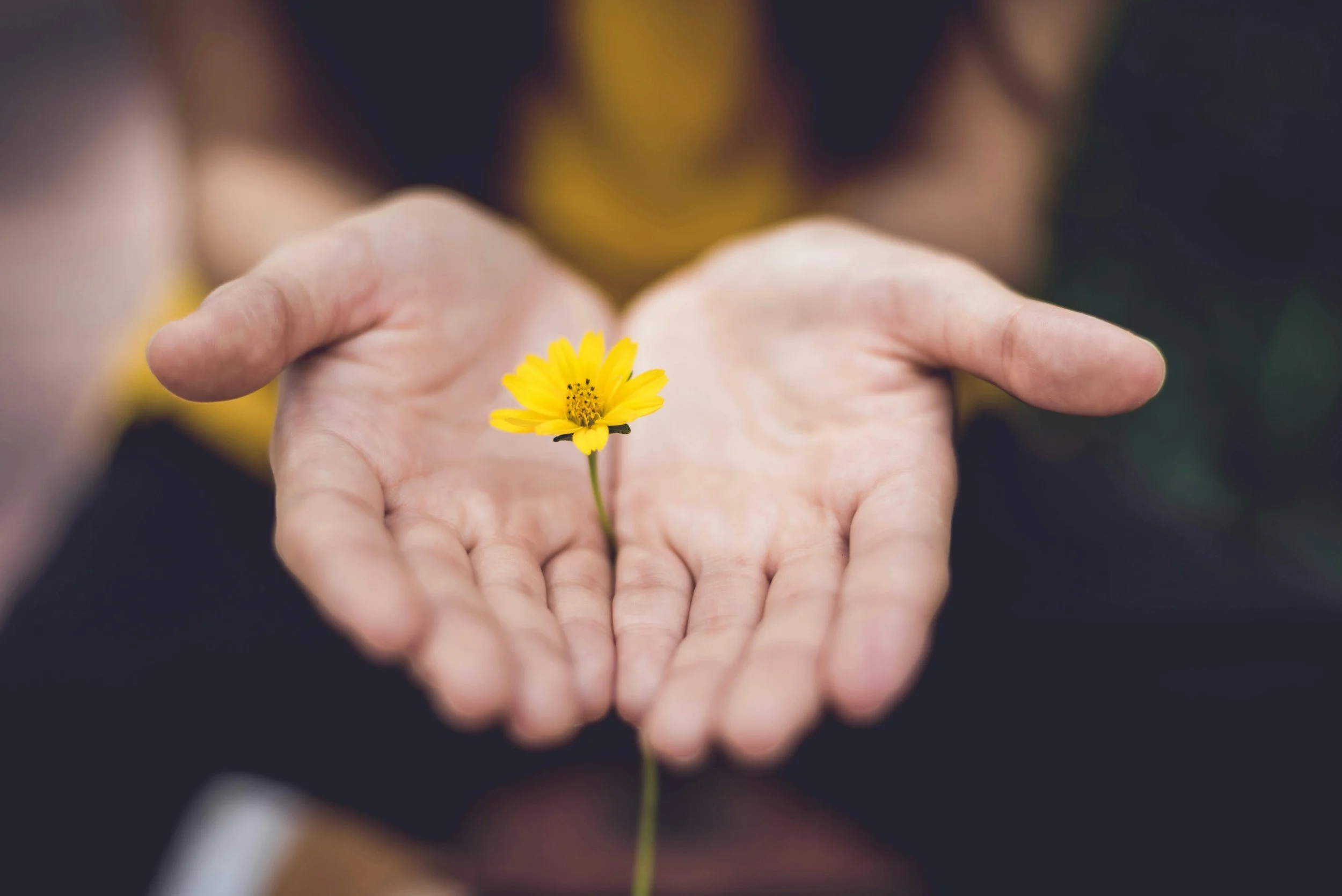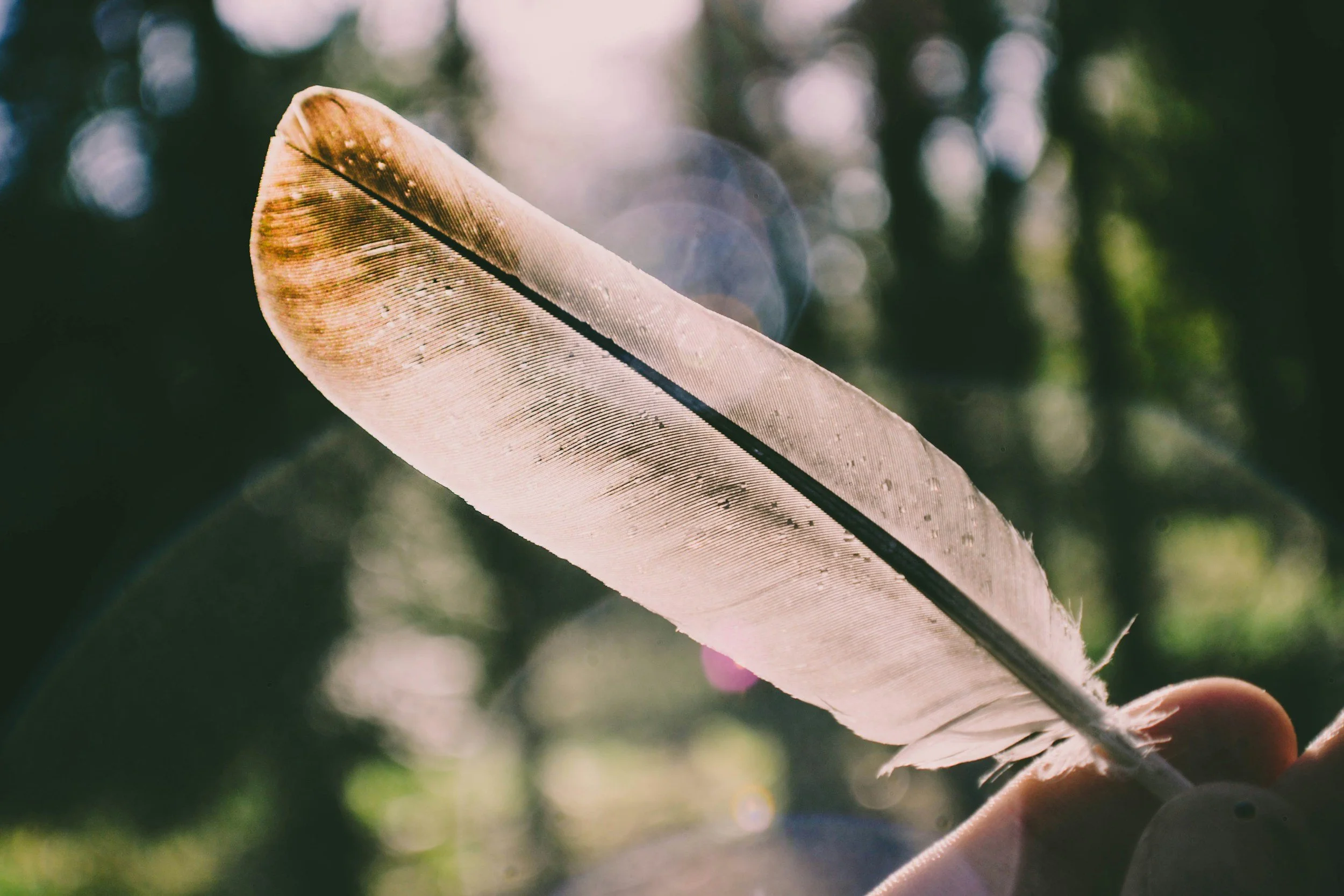Finding healing by embracing self-acceptance
Thoughts on healing and self acceptance
Before we begin to explore the idea of self acceptance, let’s start with a strong statement: you might never be 'healed'. How does it feel to read that? Can you take a moment to notice your body’s response? Is there resistance, sadness, relief, curiosity? Can you let whatever comes up be okay.
If you’re new here I’m Laura, a counsellor, nature therapist, and a somatic trauma therapist. My offerings are all about supporting you to connect with yourself and the world around you and I do a lot of work with clients who are exploring trauma in therapy.
So often we’re taught to think of healing as a destination, a final place we’ll arrive at if we just work hard enough. If I take the right steps, if I commit to the work, if I stay consistent, I’ll reach a place where I’m fully healed, whole and free from pain. In the early stages of healing there are often tangible steps we can take to create some ease: connecting with ourselves, exploring the origins of our pain, bringing unconscious patterns into awareness, and allowing ourselves to feel what we’ve been avoiding.
These are powerful and important parts of the journey, but healing isn't always linear and it doesn’t always lead to a fixed, polished version of ourselves. In truth, healing is often cyclical. It’s layered. We return to old wounds with new eyes, deeper tools and, hopefully, greater acceptance and healing. Sometimes, the goal isn’t to "heal" as a way of erasing pain or becoming someone else, but as a way of learning to be with ourselves more gently. To relate to our wounds in a new way. To grow stronger because we’ve met ourselves with presence and care.
At some point we have to learn to be ok with ourselves in this moment
At a point in our healing journey, we come to a crossroads; the place where we have to make peace with ourselves as we are. If we’re constantly striving, fixing and improving, we risk bypassing the what any kind of healing journey is supposed to give us: self-acceptance and the ability to be present with our humanity. When we only allow ourselves to feel worthy or whole when we’ve reached an idealised version of who we think we should be, we withhold love and grace from the person we are right now.
What if the next chapter in your journey isn’t about doing more? What if it’s about being with yourself, with your perceived imperfections and with the parts of yourself that still hurt? What would it be like to cultivate acceptance for the version of you who exists here and now?
So what does acceptance actually look like?
Self acceptance means showing up for yourself with kindness and care, even when things aren’t going perfectly.
It looks like standing in front of the mirror and not criticising your reflection, instead choosing to thank your body for carrying you through the day.
It’s admitting when you’re overwhelmed and letting yourself rest instead of forcing productivity.
It’s forgiving yourself when you forget a commitment, lose your temper or fall back into an old pattern, then gently trying again.
Self-acceptance is saying, “I’m doing my best today, with the capacity and resources I have available, and that’s enough.”
It’s being honest with ourselves about our needs and honouring them.
It’s learning to treat yourself like someone you love, with patience, consistently and without condition.
I accept myself and all of my wounds.
When you’re exploring how to heal and find yourself, it’s worth remembering that every adverse experience we go through shapes us. Sometimes in ways that are obvious, and sometimes through subtle undercurrents that run through our daily lives. We all carry our life experiences with us. They leave imprints on our body, our beliefs, our nervous systems and the way we move through the world.
That doesn’t mean we have to let the past dictate our present. With active acceptance, as well as other steps that we might need to take to understand old patterns, we can live full, joyful and peaceful lives. That shift doesn’t come from rejecting who we’ve been, or trying to erase our pain, it comes from turning toward ourselves with kindness and care. It comes from offering love to the parts that didn’t get it when they needed it most.
A mantra I return to again and again is:
“I accept myself and all of my wounds.”
Not because everything is healed or resolved, but because I am working hard to believe that I deserve to meet myself with kindness.
There is a crack, a crack in everything, That’s how the light gets in
Healing isn’t about becoming flawless or erasing the past, it’s about learning to live with the the tenderness, and the truth of who we are. When we stop striving for some perfect version of ourselves and choose to honour our wholeness, wounds and all, we can find more peace. Acceptance doesn’t mean giving up, but softening into the present moment with love and compassion.
As Leonard Cohen so beautifully wrote:
Ring the bells that still can ring
Forget your perfect offering
There is a crack, a crack in everything
That’s how the light gets in
May we each find the courage to accept that we might never be healed, to find self acceptance, and to love ourselves anyway. Here are some other resources you could explore to support you:
Connecting with self-compassion in times of struggle
Metta bhavana: a loving kindness meditation practice
How can I improve my mental health? A therapist’s guide


